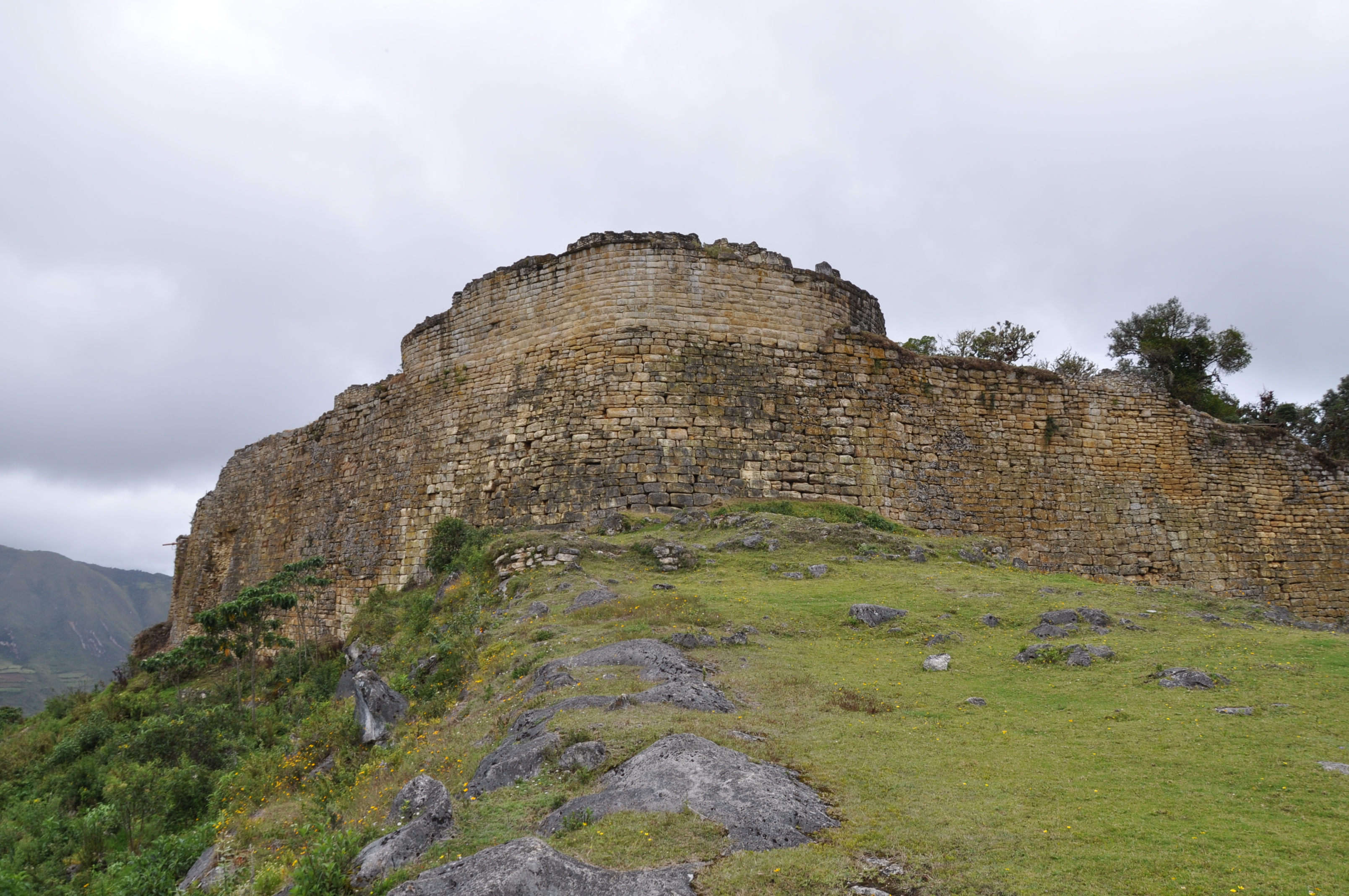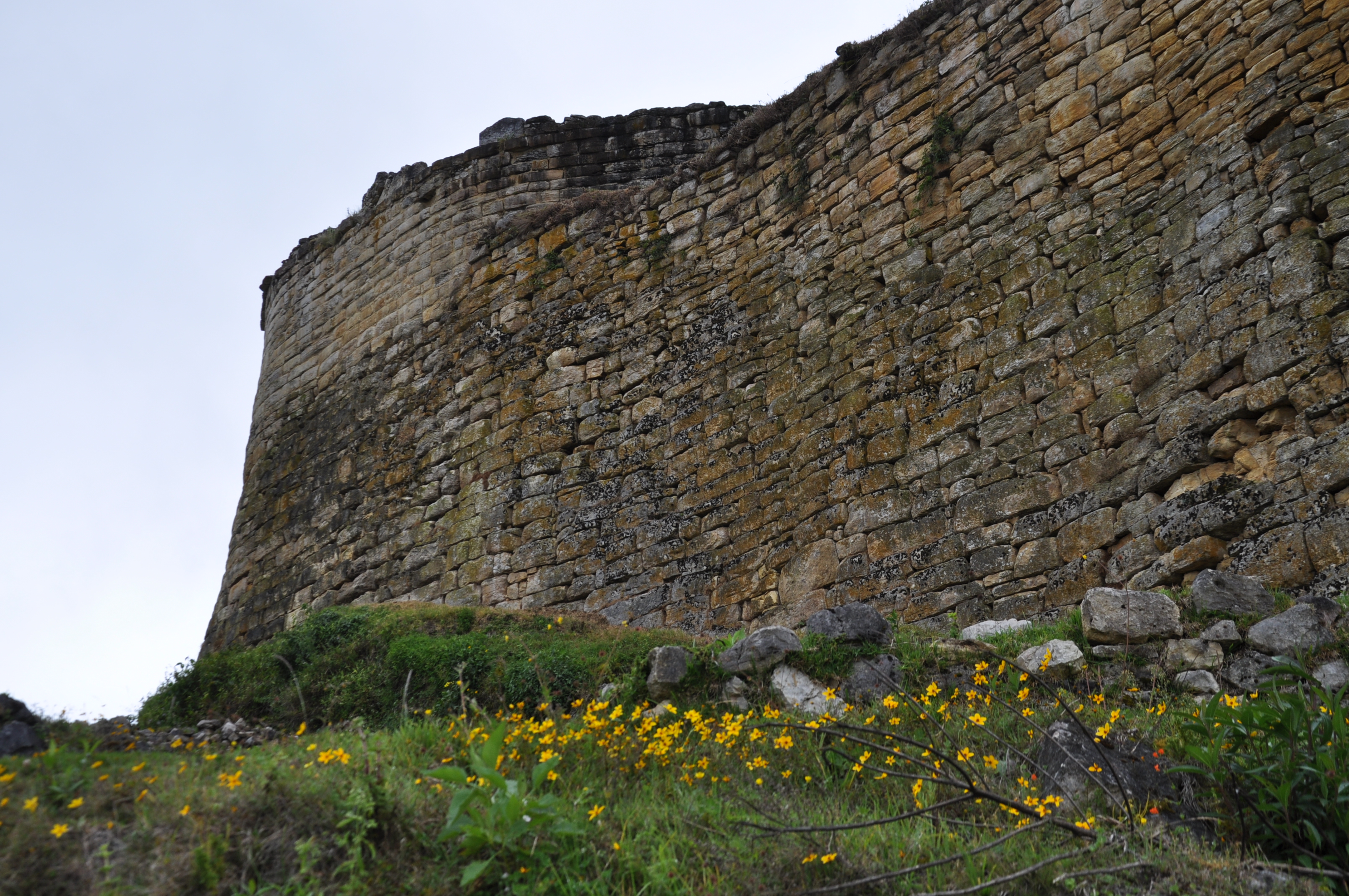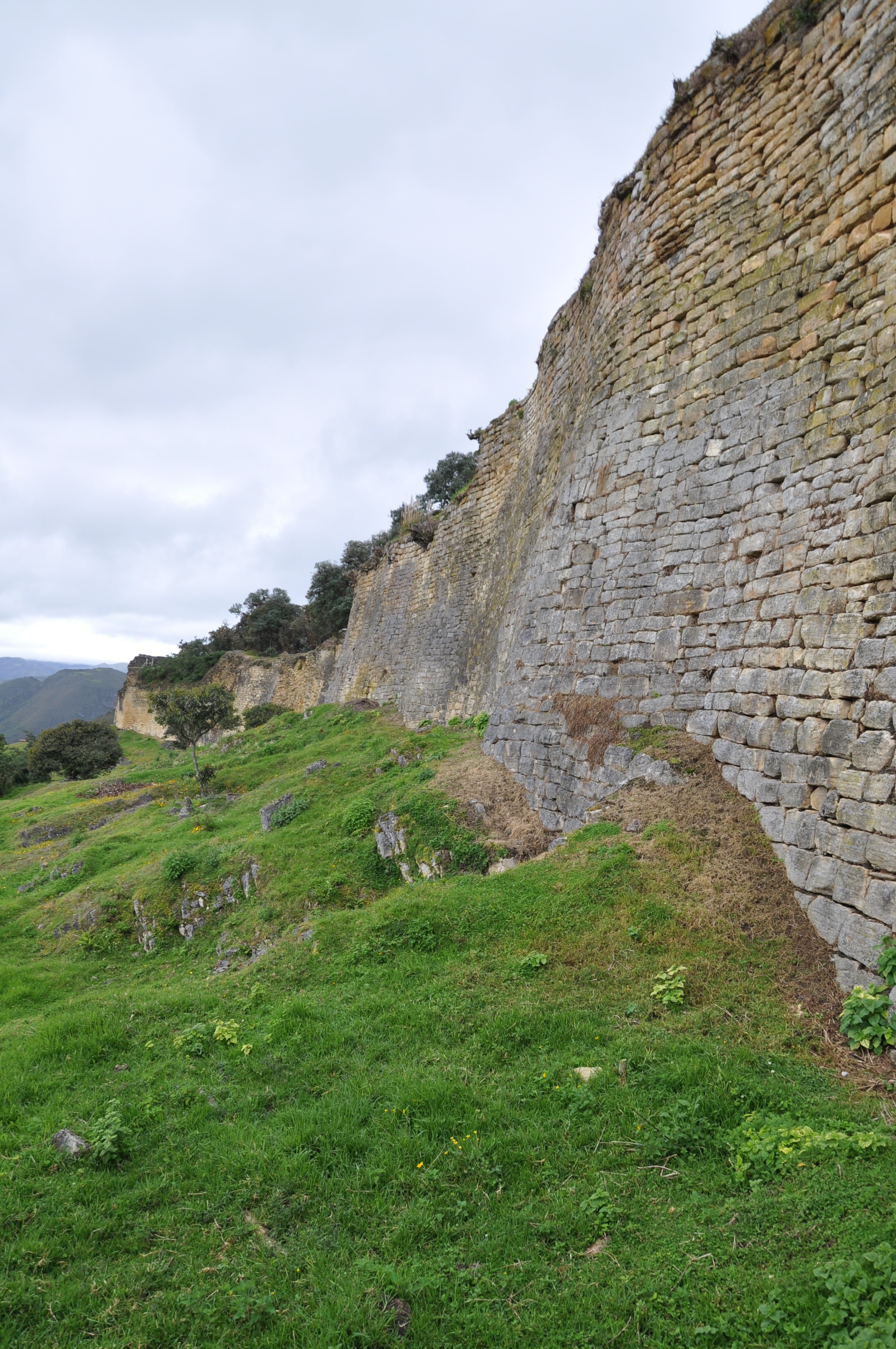Kuelap
Lonely Planet praises Kuelap as the second Machu Picchu and points out that the main difference is the number of visitors — only a small stream of people find their way up to Kuelap. I would add that it is not as developed yet — which is great as it keeps up the “Indiana Jones feeling”. I first took notice of Kuelap about 1.5 years ago, when I read about it in a news magazine article. I kept it in the back of my mind as “must see” should I be ever in the region. Et voila, here I am.
The Beginning of the City
Kuelap is a fortified city high up in the mountain. It was build by the ingenious Chachapoyas starting from around 800 AC (There are scholars who date the start of construction around 300 years earlier). A second phase of construction took place at around 1300 AC. The city could accommodate around 2000 people. It is not known whether it was constantly inhabited.
The Fall of the City
The Inca conquered the Chachapoyas in around 1470. From Inca records, it is known that the Chachapoyas retreated to Kuelap for their last stand-up. The Inca could not take it so they besieged the city until its inhabitants ran out of food and water, and had to give up. The Chachapoya had to leave and the city was taken over by the Incas.
The Chachapoya had the habit of taking the bodies of their deceased ancestors with them whenever they moved. In Kuelap, there are walls that contain piles of human bones. That suggests that they had to leave rather hastily and were not allowed to take much with them.
Eventually, the city was abandoned (maybe with the fall of the Inca empire induced by the Spanish conquistadores). It was only rediscovered in 1843 by Don Juan Crisóstomo Nieto from Chachapoyas.
The City
The city is constructed in several levels. At the lower level, there are simple dwellings, while the buildings in the upper village have ornaments and were most likely inhabited by military people. It is believed that the elite lived on the top level, on “el Castillo”. The top level is closed to the public and archaeologically not well researched yet.
The Chachapoya build circular houses. In some houses, the kitchen can be located by grinding stones that are still in place. 2 buildings stick out: There is a rectangular building in the middle of the city that was probably build under Inca rule. And there is “el tintero”, a building of unknown function. Its diameter reduces from top to bottom, giving its inside the shape of an inkpot. Some archaeologists suppose it was an observatory.
The Chachapoya
Not much is known about this indigenous culture. What remains of them are their burial sites and Kuelap, a fortified city in the clouds. Carbon dating places the beginning of the Chachapoya culture between 500 – 800 BC. There are however scholars who believe that it started much earlier around 2000 years ago.
The Chachapoya received their name from the Inca. In Quechua, its mean “people of the clouds” or “fog warriors”. Experience the predominant weather (early morning: rain, then clouds for the rest of the day) the name seems suitable.
It is believed that the Chachapoya lived in a loosely connected confederation of states. Around 1470, the Chachapoya were conquered by the Incas. To suppress uprisings, the Inca displaced many Chachapoya over their empire, and had other cultures settle in the region. When the Spanish arrived around 1530, the remaining Chachpoya hoped to regain independence by supporting the fight of the conquistadores against the Incas. Well, Spanish rule replaced Inca rule, and also the Spanish feared uprisings. The Chachapoyas were displaced a second time and their number severely reduced by smallpox and other diseases. In only 70 years, this culture was effectively annihilated. As the Chachpoyas had not developed a script or another form of written records they were forgotten.
The Trip
The bus left at around 7:30 AM, and then slowly winded up its way up to Kuelap always close to the abyss. We arrived around 11:00 AM, and stayed for roughly 3.5 hours. We then drove to a small village and had a late lunch before returning to Chachapoyas where we arrived at around 7PM.
People
We spend a lot of time in the bus, so there was a lot of time to talk, and to get to know each other a little bit. The names of most of my fellow travellers I have unfortunately already forgotten, even though we kept on bumping into each other during the days to follow.
There were Rathan, and Amy — an easy going couple from Australia travelling South America already for half a year, a French speaking student from Canada, who was so taken by the Kuelap that she no longer pressed on to come back to Chachapoyas in time to get onto the next bus, a former policeman also from the French speaking part of Canada, who is already travelling for 4 years, and plans to go on at least for another 3 years. Also Marcello, an Italian customs officer participated the trip, who I would get to know the next day a little bit better.
On Route to Kuelap
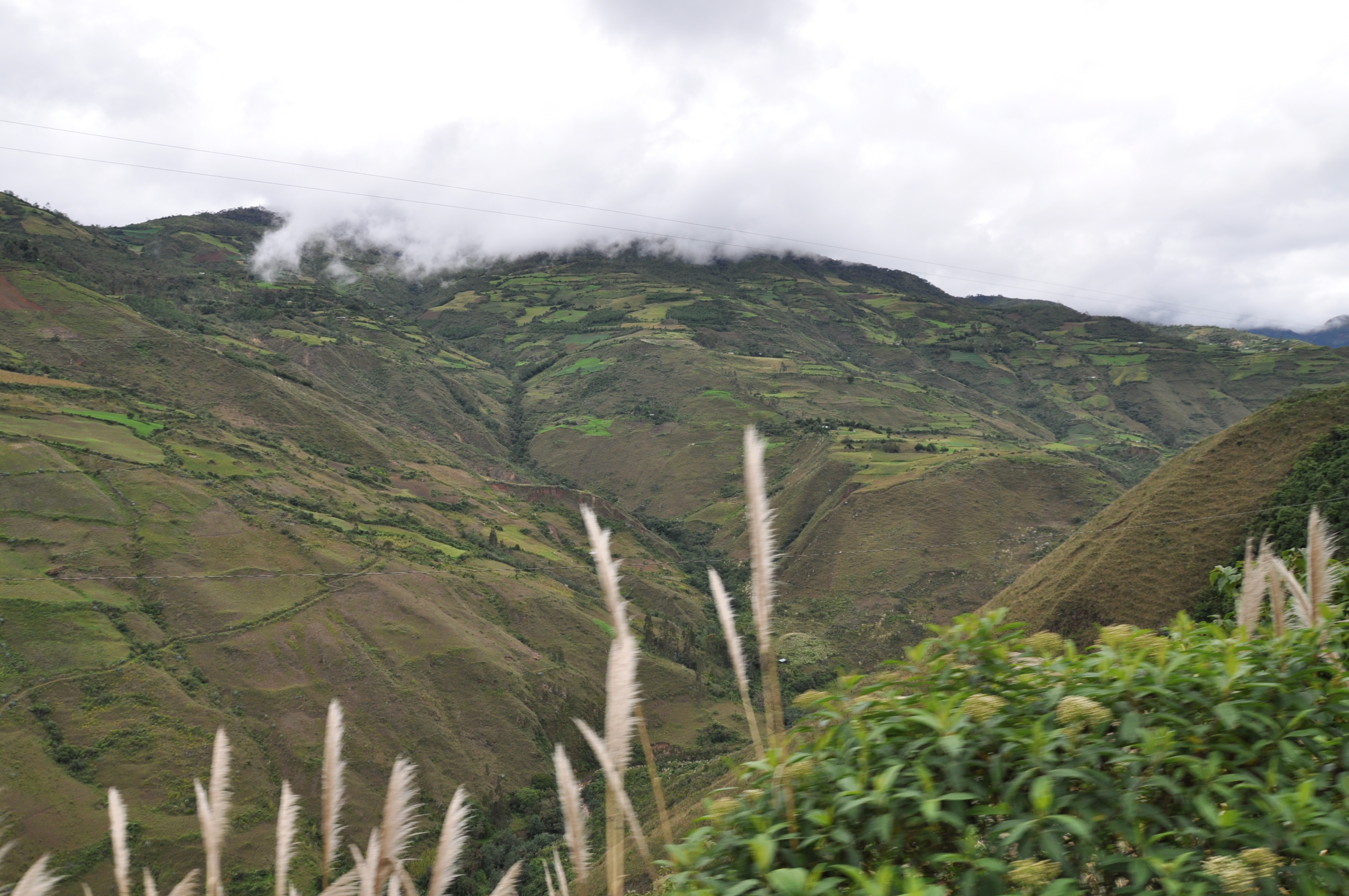
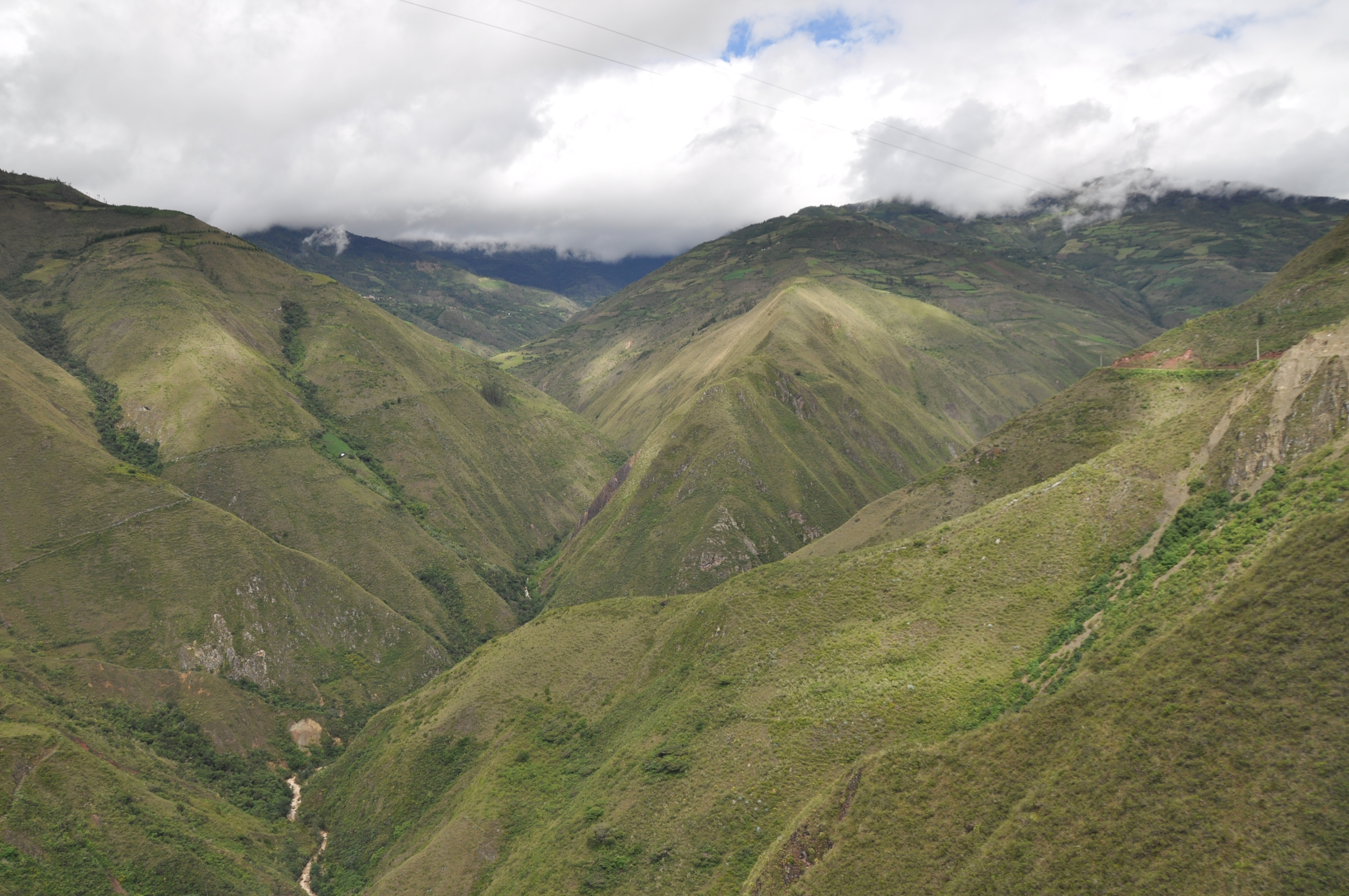

City Wall
